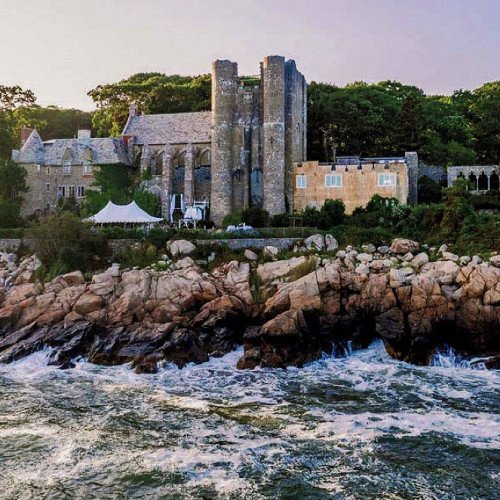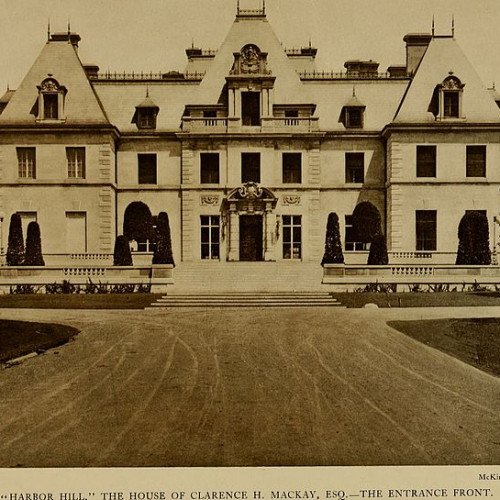Castles of "United States" HAMMOND CASTLE vs HARBOR HILL

HAMMOND CASTLE
Hammond Castle is located on the Atlantic coast in the Magnolia area of Gloucester, Massachusetts. The castle, which was constructed between 1926 and 1929, was the home and laboratory of John Hays Hammond, Jr. He was an inventor who was a pioneer in the study of remote control and held over four hundred patents. The building is composed of modern and 15th-, 16th-, and 18th-century architectural elements and sits on a rocky cliff overlooking Gloucester Harbor. At present, the castle operates as the Hammond Castle Museum, displaying Hammond's collection of Roman, medieval, and Renaissance artifacts as well as exhibits about his life and inventions. The Great Hall contains a large pipe organ which has been used for concerts and recordings by many famous organists including Richard Ellsasser and Virgil Fox. Unfortunately, as of 2004, the organ is no longer functional. Tours are both guided and self-guided. Visitors may explore ten living areas (including a dining room, library, study, exhibit rooms, kitchen, and guest bedrooms), an inner courtyard, the northern towers and the Great Hall. John Hays Hammond Jr. engaged the Boston, Massachusetts architectural firm of Allen & Collens in 1923 to design Hammond's dream residence, a medieval style castle. The original castle was to be a tower house built on his father's Lookout Hill compound. Hammond's close friend, Leslie Buswell, who would soon begin construction on his own nearby home, Stillington Hall, warned Hammond he was trying to recreate Chartres Cathedral, almost matching the 121' high nave of the cathedral. In 1924, Hammond called for a more modest redesign which would reduce the height of the structure from 120' to 87' and a footprint of 43' by 30', but maintain the tower house style. After being ordered from the Lookout Hill property by his parents, Hammond moved to purchase a new site a mile to the south near Norman's Woe Reef. A complete redesign was developed which resulted in a shorter castle (81') but larger footprint (142' by 70').
Statistics for this Xoptio

HARBOR HILL
Harbor Hill is the highest point in Nassau County, New York, at 348 feet (106 m). It was the site of Harbor Hill, a large Long Island mansion built from 1899–1902 in Roslyn, New York, commissioned by Clarence Hungerford Mackay. It was designed by McKim, Mead & White, with Stanford White supervising the project. It was the largest home he ever designed. Clarence Mackay (1874–1938) was the son of Comstock Lode magnate John William Mackay, and inherited much of an estimated $500 million fortune upon his father's death in 1902 (approximately $13 billion in 2012 dollars). White collaborated closely with Clarence Mackay's wife, Katharine Duer Mackay (1880–1930), and with her approval, based the main façade of Harbor Hill upon that of François Mansart's Château de Maisons of 1642, using a mix of other influences to finish the overall design. Built at great expense and furnished lavishly (at least three different decorating firms were employed), the home originally sat on 688 acres (2.78 km2) and enjoyed views across Roslyn Harbor to Long Island Sound. Formal terraces and gardens were finished by Guy Lowell.